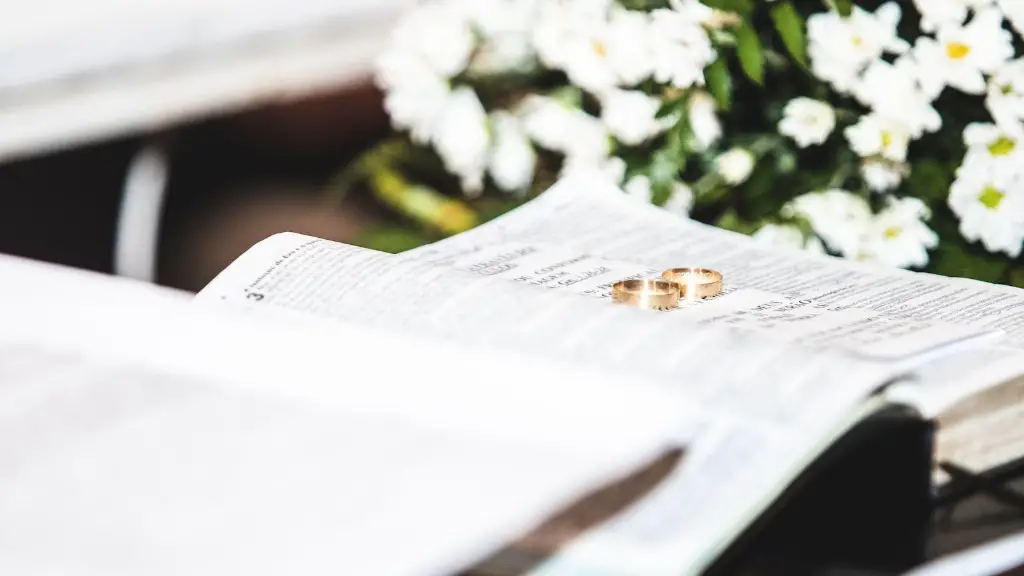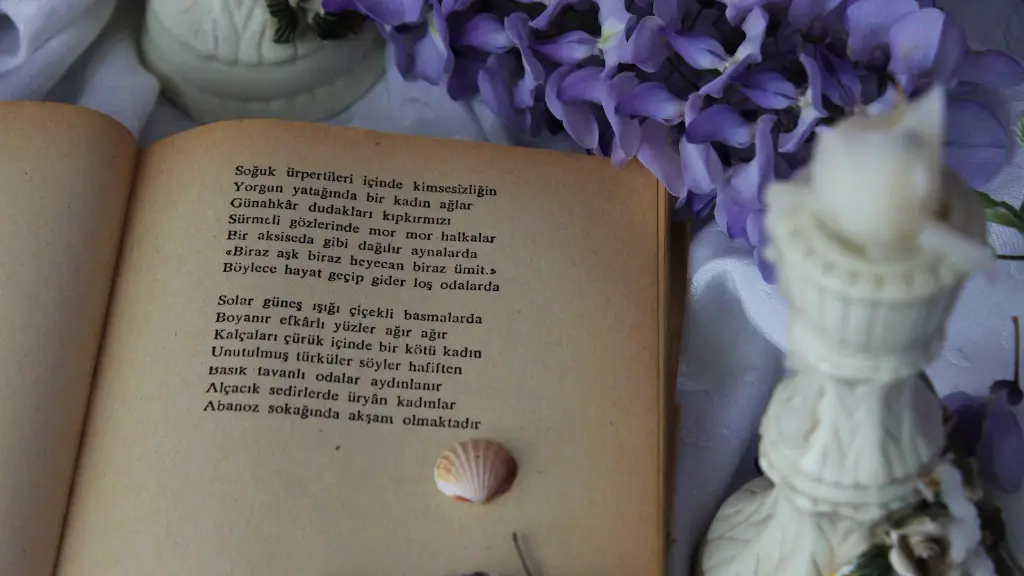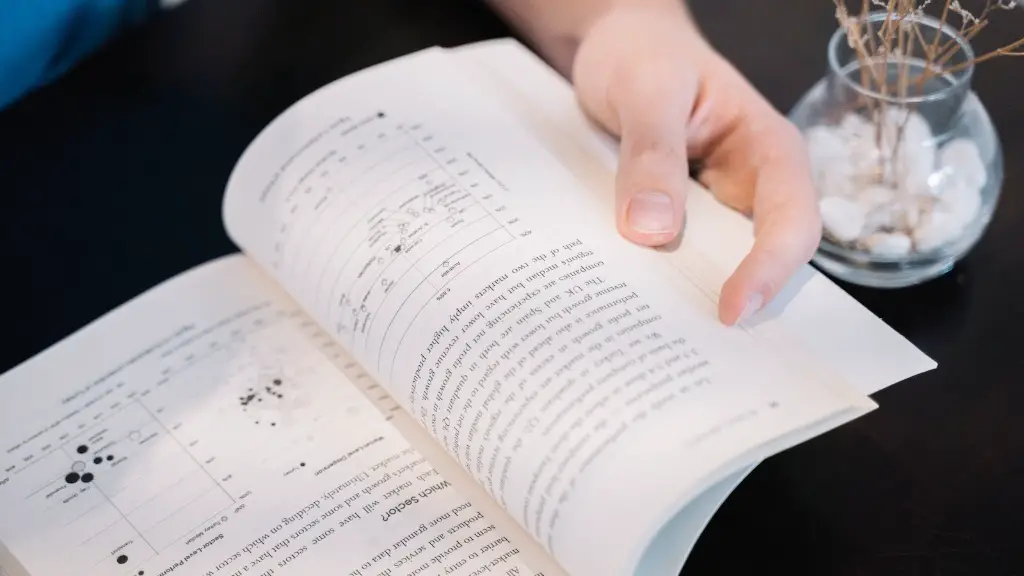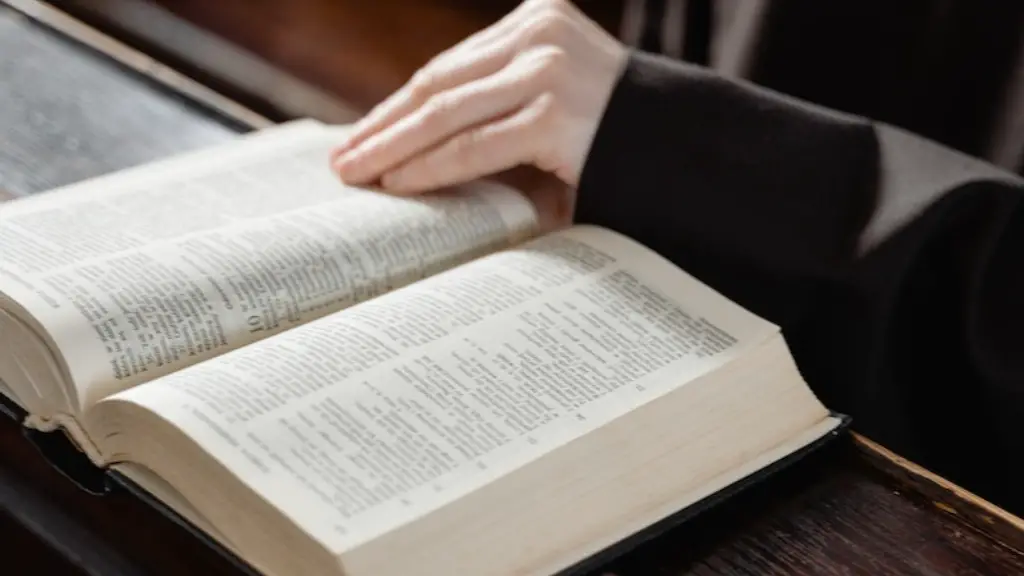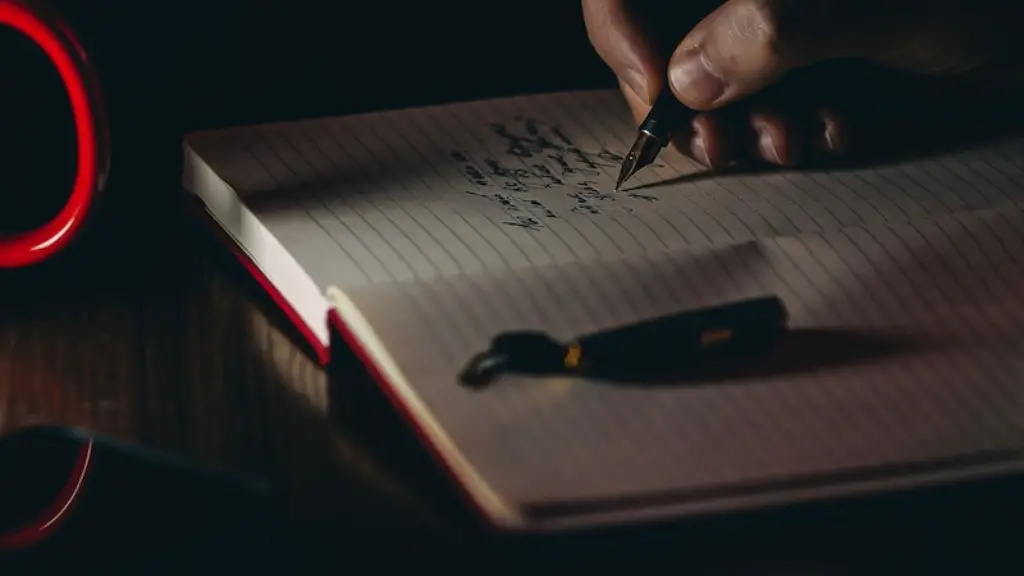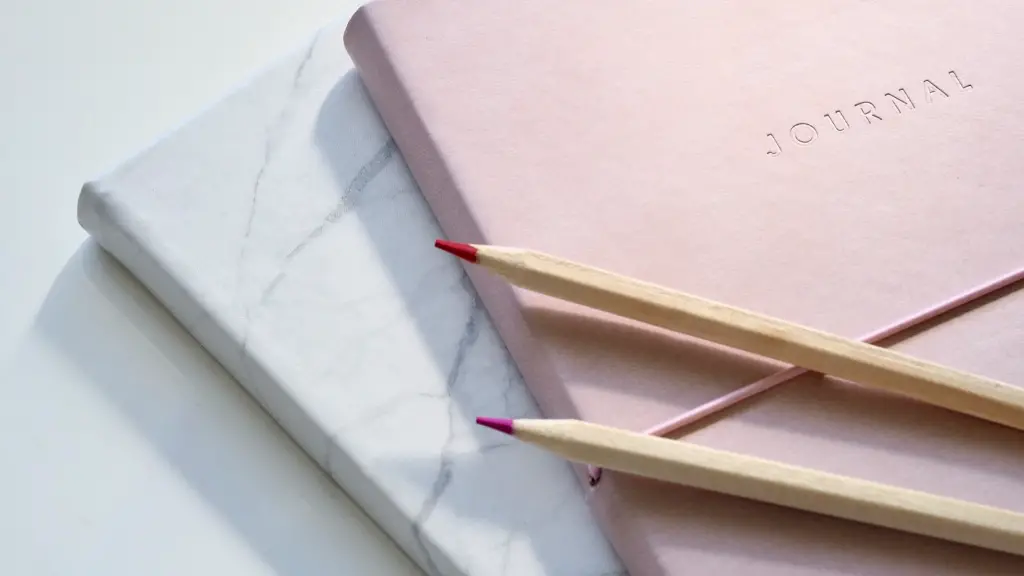What is lyric poetry? Lyric poetry is an expressive and personal form of poetry. Generally speaking, it covers a wide range of poetic styles, including sonnets and odes. It is known for its ability to capture and convey emotion, mood, and sentiment. Lyric poetry is often written in a conversational and intimate way, often speaking of love, loss, and personal experiences.
One of the most notable features of lyric poetry is its ability to evoke strong emotions in the reader. As a result, lyric poetry is often described as ‘heartfelt’ and ‘poignant’. Lyric poems use vivid imagery to illustrate real-life experiences, making them both beautiful and moving. This helps create an emotional connection between the author and the reader.
Lyric poetry also often contains metaphors and symbols in order to convey the authors feelings and thoughts. For example, a poem may describe the sun in a metaphorical way, such as a ‘glorious, golden disc’. This type of imagery helps enrich the poem and creates an impactful and lasting impression.
The use of rhyme and meter are also important components of lyric poetry. Rhyme is when two or more words have the same ending sound, while meter is the regular pattern of stressed and unstressed syllables. These two elements add rhythm and structure to lyric poems and helps bring the poem alive. Additionally, rhyming and meter can also help bring a sense of musicality to the poem.
Along with rhyme and meter, lyric poems also make use of literary devices such as alliteration, assonance, and consonance. Alliteration is when two or more words begin with the same sound, while assonance is when two words have similar vowel sounds but different consonant sounds. Consonance is when the same consonant sound is used multiple times in a line.All of these poetic devices help to create an even more captivating and powerful poem.
The language used in lyric poetry is also very important. Lyric poets often employ elevated language and beautiful imagery to create an emotional impact. Lyric poetry also usually contains some form of internal rhyme, which occurs when the rhyme falls within the line rather than at the end.
Finally, lyric poetry can often be political or moralistic in nature. Lyric poets often take a stance on a particular social or political issue, or may use their writing to comment on the world around them.
Mood and Tone
Mood and tone are two of the most important elements of lyric poetry. Mood is the overall emotion of the poem and can be either positive or negative. Tone, on the other hand, is how the author expresses themselves in the poem. Together, mood and tone contribute to the overall feel of the poem.
For example, a poem may have a sombre mood, but the author may use a light-hearted tone in order to convey the message. Similarly, a poem may have a sad mood, yet the author may use a more reflective or wistful tone.
The mood and tone of a poem can have a great impact on the reader. A poem with a bleak mood and sombre tone may leave the reader feeling overwhelmed and emotionally burdened. On the other hand, a poem with an uplifting mood and an optimistic tone can leave the reader feeling hopeful and inspired.
Mood and tone also have a significant effect on the language and imagery used in a lyric poem. For example, if a poem has a positive mood, then the language and imagery used to describe it will most likely be uplifting and inspiring. By contrast, if a poem has a negative mood, then the language and imagery used to describe it may be more negative and depressing.
Voice
Voice is an important feature of lyric poetry. It is the unique way in which a lyric poet conveys their thoughts and feelings in their work. It is the poem’s ‘personality’. A poem’s voice is usually a reflection of the poet’s personality and their particular approach to writing.
A lyric poet’s voice can be determined by the type of language they use, the tone of their poem, the topics they choose to write about, and their use of imagery, metaphors, and other poetic devices. The voice of a lyric poem is often associated with the poet’s identity and can help to add dimension and depth to their work.
The voice of a poem can also help to create an emotional connection between the poet and the reader. If a reader can relate to the poet’s approach to writing and can identify with their feelings, then it can have a profound effect on the reader. This is why voice is such an important part of lyric poetry.
Themes and Symbols
Themes and symbols are another key feature of lyric poetry. Themes refer to the main idea or concept explored in the poem, while symbols are images or objects that represent an idea or concept. In lyric poetry, themes can range from love and friendship to loss and grief. Similarly, symbols can range from a rainbow to a stormy sky.
Themes and symbols are often used together in lyric poems to create a certain atmosphere or feeling. For example, a poem about love and friendship may contain images of a sun, a rainbow, and a blooming flower. In contrast, a poem about loss and grief may contain images of a dark sky, lightning, and rain.
The use of themes and symbols in lyric poetry can also help to convey a message or lesson. For instance, a poem about loneliness may contain symbols of an empty chair or a cold, dark night. These symbols can help to highlight the feeling of loneliness and can also be used to impart wisdom or a moral lesson.
Rhythm and Repetition
Rhythm and repetition are two important elements of lyric poetry. Rhythm refers to the pattern of stressed and unstressed syllables in a line of poetry, while repetition is the repeating of words and phrases. These elements are often used together to create a musical or ‘chant-like’ feel.
The rhythm of a poem helps to create a flow or cadence, which makes the poem easier to read and helps it to become more memorable. On the other hand, repetition helps to emphasize certain words or phrases and make them stand out. Together, rhythm and repetition can make a poem more powerful and more effective.
It is also worth noting that repetition can be used to create momentum in a poem, which is often used to draw the reader into the poem. This technique can help to keep the reader’s attention and keep them engaged. Additionally, repetition can also help to bring clarity and depth to the poem.
Lines and Stanzas
The structure of a lyric poem is also important. A lyric poem can be written in either one long line or as a series of lines grouped together into stanzas. The structure of a poem helps to create a sense of rhythm and flow, which in turn contributes to the overall impact of the poem.
Lines can be arranged in various ways, depending on the poet’s preference. Some poets may prefer to use long, winding sentences, while others may opt for a more orderly approach. Stanzas can also vary in length, with some poets opting for short, succinct stanzas, while others may prefer longer, more elaborate stanzas. Whatever the poet’s preference may be, it is important to ensure that the poem’s lines and stanzas are arranged in a manner that best conveys the poem’s message.
Conclusion
In conclusion, lyric poetry is a beautiful and powerful form of poetry. Lyric poets often use vivid imagery, metaphors, and symbols to convey their message. They also employ rhyme and meter to add rhythm and structure to their poems. Lyric poetry also often employs mood and tone to create an emotional impact. Additionally, lyric poets’ voices are often reflective of their personalities and can help to create an emotional connection between the poet and the reader. Lastly, lyric poems may contain themes and symbols to impart a message or lesson.
